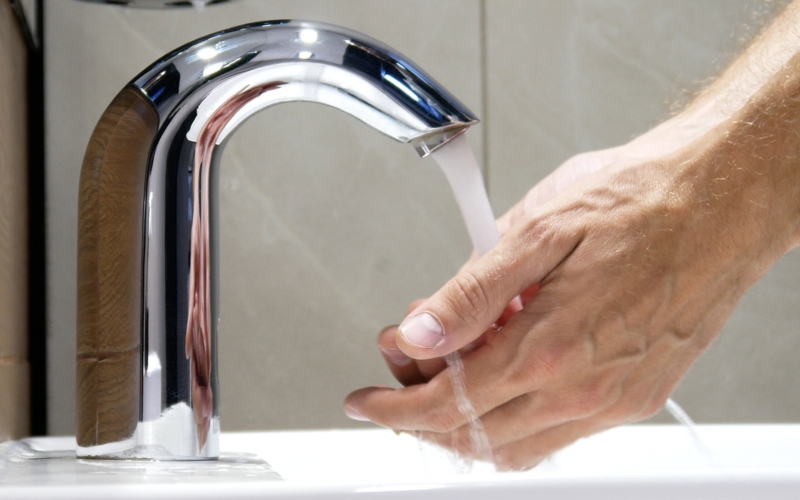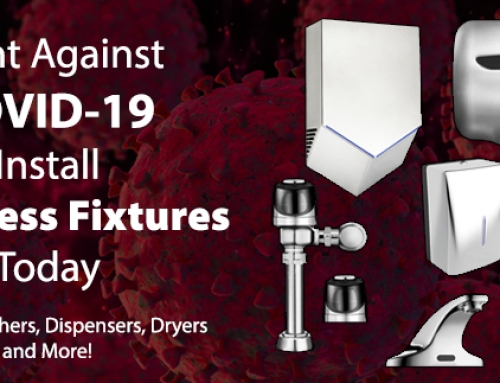While the initial investment in touchless fixtures may be higher compared to traditional fixtures, the long-term cost savings and benefits they provide can outweigh the upfront expenses. It’s important to consider factors such as water and energy rates, maintenance costs, and user needs when assessing the potential cost savings associated with touchless fixtures for a specific commercial building facility.
Touchless fixtures, such as touchless faucets and sensor-operated toilets, are designed to minimize water wastage. These fixtures only activate when needed, reducing the risk of faucets or toilets being left running accidentally. This water-saving feature can lead to significant reductions in water consumption, resulting in lower water bills for the facility.
They often incorporate energy-saving technologies. For example, touchless faucets are typically equipped with sensors that detect when hands are present and activate the water flow accordingly. By eliminating the need for manual faucet operation, touchless fixtures help prevent water from running unnecessarily, reducing the energy required to heat and distribute hot water.
Touchless fixtures generally have a longer lifespan compared to traditional fixtures, as they involve fewer mechanical parts prone to wear and tear. Additionally, they can help prevent issues such as leaks or drips, which can lead to water damage or increased maintenance needs. By minimizing the occurrence of plumbing problems, touchless fixtures can reduce maintenance costs and the associated repair expenses.
They help maintain a higher level of hygiene by eliminating the need for physical contact, which reduces the spread of germs and bacteria. This can result in improved occupant health and productivity, potentially leading to fewer sick days and associated costs for the facility.
Touchless fixtures can save time for maintenance staff and cleaning crews. Without the need to manually operate faucets or flush toilets, these tasks become more efficient. Cleaning crews can focus on other essential tasks, and maintenance staff can spend less time addressing issues like faucet leaks or clogged toilets.
They also offer a modern and convenient user experience. Visitors and occupants appreciate the convenience and hygienic benefits of touchless operation. This positive experience can contribute to overall satisfaction, which may lead to increased tenant retention and attract potential clients to the commercial building.
In summary, touchless fixtures can save your facility money by conserving water and energy, reducing maintenance costs, promoting better hygiene, increasing fixture lifespan, and potentially qualifying for utility rebates or incentives. Additionally, they can enhance your facility’s overall image and reputation, leading to potential financial benefits in the long run.
For more information on touchless fixtures and how they can save you money in the long run, contact VASEY today.


